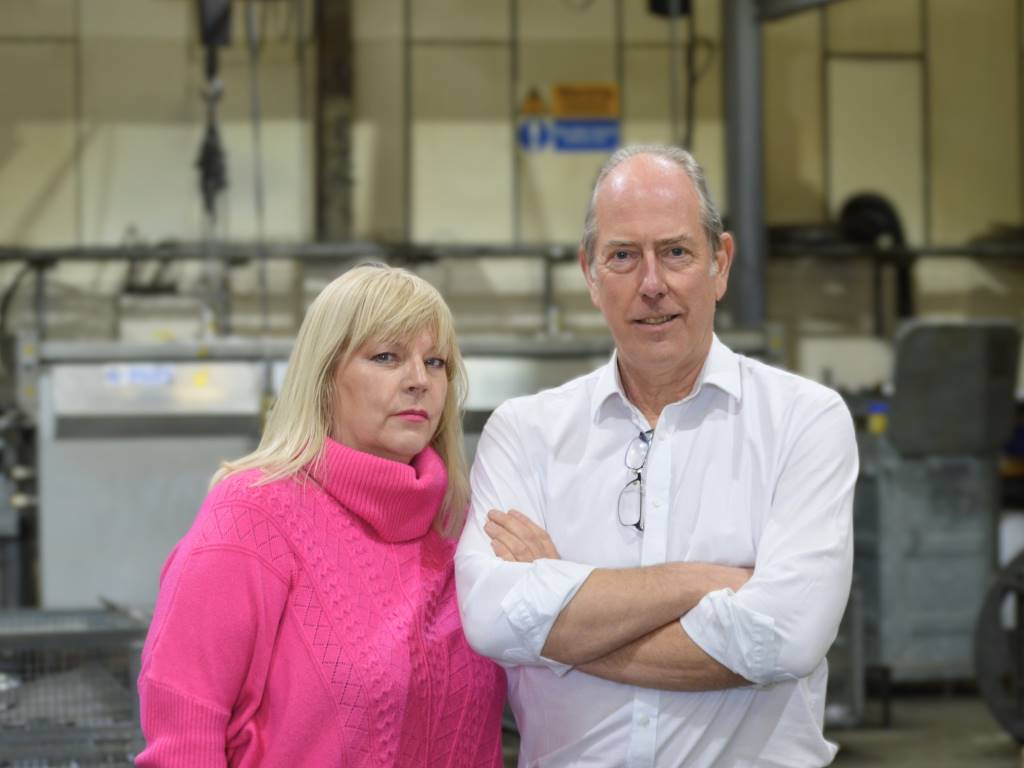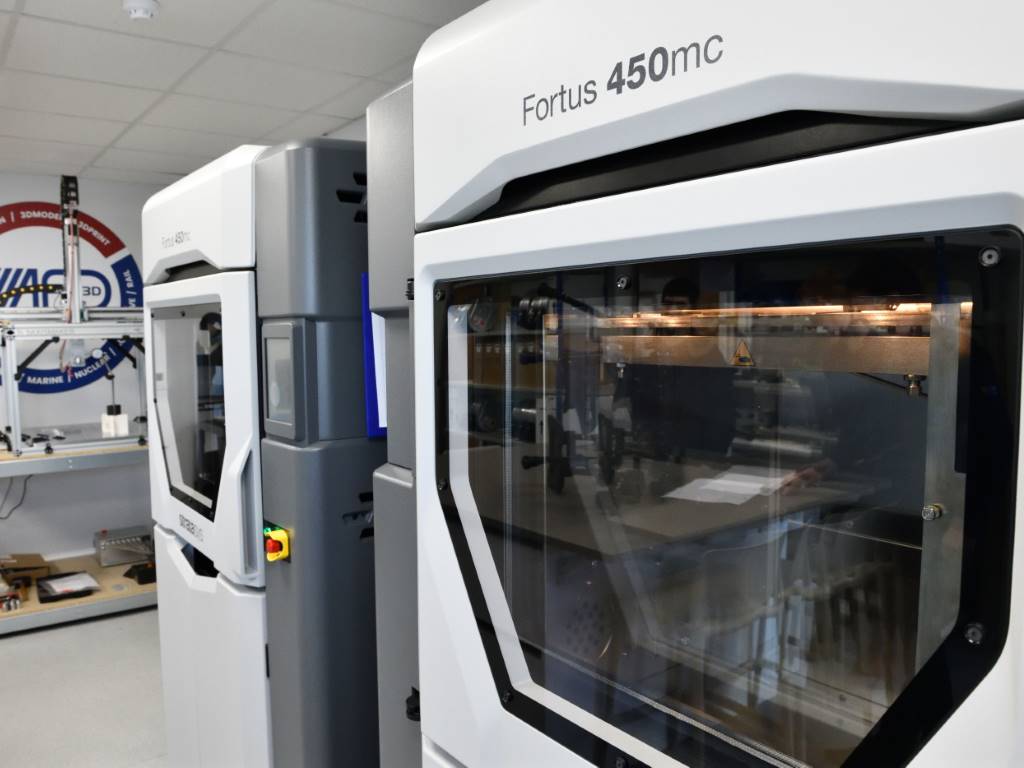Precision in motion
The annual 'Motion Meeting' was held recently by grinding machine specialist Studer at its manufacturing base in the Swiss town of Thun.
The annual ‘Motion Meeting' held recently by grinding machine specialist Studer at its manufacturing base in the Swiss town of Thun provided an opportunity to demonstrate some of the latest advances in its technology and how it is improving production efficiency.
Taking place at the end of January 2010, Studer's annual gathering of press and international sales partners is typically a chance for the company to inform people about recent and forthcoming developments throughout the company. This year, being of the philosophy that investment and intelligence are ever more important during tough times, the focus this time around was on two key areas: machine innovation, including the recently launched new generation universal S33 and modular S22 grinding machines; and the internal progress being made through its PuLS (Precision and Passion) concept.
Metaphorically alluding to the company as like a ‘St Bernard in a snow storm' during the current recession, Studer's managing director and chairman of the board Stephan Nell described how the company had been affected. Despite the admission of a decline in orders of roughly 50% (in line with the wider market) and the loss of some market share, Mr Nell insisted that this was normal for any company not willing to get involved in ‘discount wars' to generate volume. Comparing Studer with the attributes of the St Bernard, he also described how it has the strength, both financial and through its 700 strong staff; the courage to invest; reliability in its machinery; the intelligence to make considered long term decisions; and the endurance to weather crises such as this one. He concluded: “2009 was a cold winter, and a long one that will last into 2010, but our coat is thick and our cask well filled.”
The road to recovery
The company's prediction that a recovery may not occur until 2011 and that 2007 levels of sales may not be re-established until 2013 anticipates that there is still some way to go before it can clear this difficult period, so what has it got in its cask to ensure that it remains competitive?
For starters there is the next generation S33, an all new version of the company's most successful ‘all round' grinding machine, launched at EMO Milan last year. Studer has sold over 100 of these machines each year since the first generation was originally launched in 2003 and with an even more ambitious target for 2010 of 119, has made some key technical improvements.
The new S33 will be offered with frequency controlled drives as standard so that customers can adjust cutting speeds continuously and optimally to suit the needs of their applications, powered by an 11kW motor. A new universal wheelhead has been fitted with one internal and two external grinding spindles. Both external grinding wheels, with diameters of 500mm, are arranged on the right and the head can be manually positioned every 2.5°, although an automatic B axis with 1° Hirth serration is also available. The S33 is operated through the StuderWIN interface, installed onto a Fanuc 0i-TD control with integrated software modules available from the StuderGRIND offline programming facility, and the machine's PCU control unit has also been updated with a larger colour display.
A further upgrade is the integration of a Dittel 6000 series contact detection module available in two variants – simple, with two passive or active sensor inputs; and high end with four inputs. Also on display at the event was Studer's updated smartLoad handling system with a double gripper, which reduces piece change time from 18 down to eight seconds.
Studer's other big hitter for 2010 is its S22, which with its modular design, places the application at the centre of a customer's production solution with the machine specified around the workpiece. A large distance between guideways, highly dynamic axis drives, rigidly constructed cross slides, short reaction times and optimised traverses form a basis from which many aspects can be customised. Featuring an available grinding length of up to 800mm, a centre height of either 175mm or 225mm, a wheel diameter of up to 610mm, and many wheelhead options and ballscrew or linear motor cross slides, the machine has already been sold into a variety of large projects.
Confidence booster
New products are not the only source of confidence however. Following an extensive analysis of commodity and value flows, Studer has developed the PuLS optimisation process, which has the ultimate aim of reducing assembly and set-up times in order to increase availability for customers. The company perceives that the most important assembly process to develop in this context is flow line, or paced assembly, requiring a high degree of process standardisation where the value creation constituents of individual assembly cycles must be precisely coordinated with each other in order to ensure a constant flow, delivering measurable improvements. Already, for example, the leadtime on a standard S33 machine has been cut from 15 to 10 days.
As far as investment is concerned, a new warehouse and shipping building was built in 2008, incorporating the latest RFID technology, and a new 2,000m² assembly hall has also recently come into operation, which will be used for the assembly of standard and customer specific machinery. Going into 2010, investment will now focus on expanding core competences in production, with Studer's parent company, the Körber Schleifring Group looking to exploit synergies across its operations.
As a result, Studer will increase the level of its supply of machines and platforms to the rest of the group. In order to achieve this expansion and streamline material flow, the next step will be the transfer of a 16m long Waldrich portal flat grinding machine, capable of machining slides, tables and machine beds with the necessary precision; and a Dixi milling centre for machining small, cubic precision parts, to the Thun facility. Research benefits
Finally, Studer is also investing substantially in several research topics in order to establish a range of technical foundations for the future. One such area is the machining of brittle materials such as ceramics, glass or hard metals. The problems being addressed include: ultrasonic assisted grinding at high speeds; spark erosion dressing of metallically bonded grinding wheels and the development of efficient, diamond coated wheels; hard turning and peel grinding as a technological task for new fields of application; and the development of specific machining methods for long, slim workpieces.
A second research group covers new approaches to mechanical engineering, and this includes: the huge potential of drive and control systems; low cost and performance spindle technologies; reducing energy consumption to comply with new EU energy legislation; simple machine concepts for the Far East; and innovation in mineral casting for machine bases. This latter area will be further explored through a joint venture with Swiss mineral casting manufacturer, Renocast, through which the company has been using an innovative material formulation for maximum rigidity for some time.
Taking all of this into consideration it would seem that on face value Studer has not only a large cask, but also a fairly full one as it seeks to bounce back in 2010. While innovation is clearly an area in which the company should continue to be strong, a renewed focus on addressing the central production process also promises to reap benefits that it will be able to pass on to its customers. Thus, like many companies that have been challenged by the recession, Studer looks set to emerge more efficient and more ambitious.
Studer
www.studer.com












